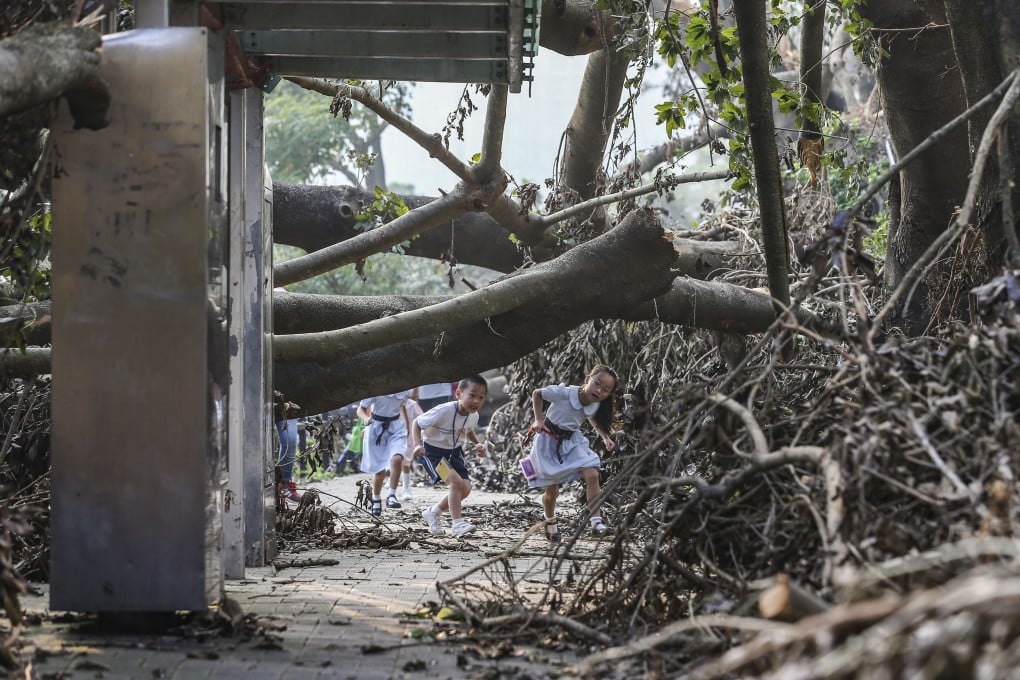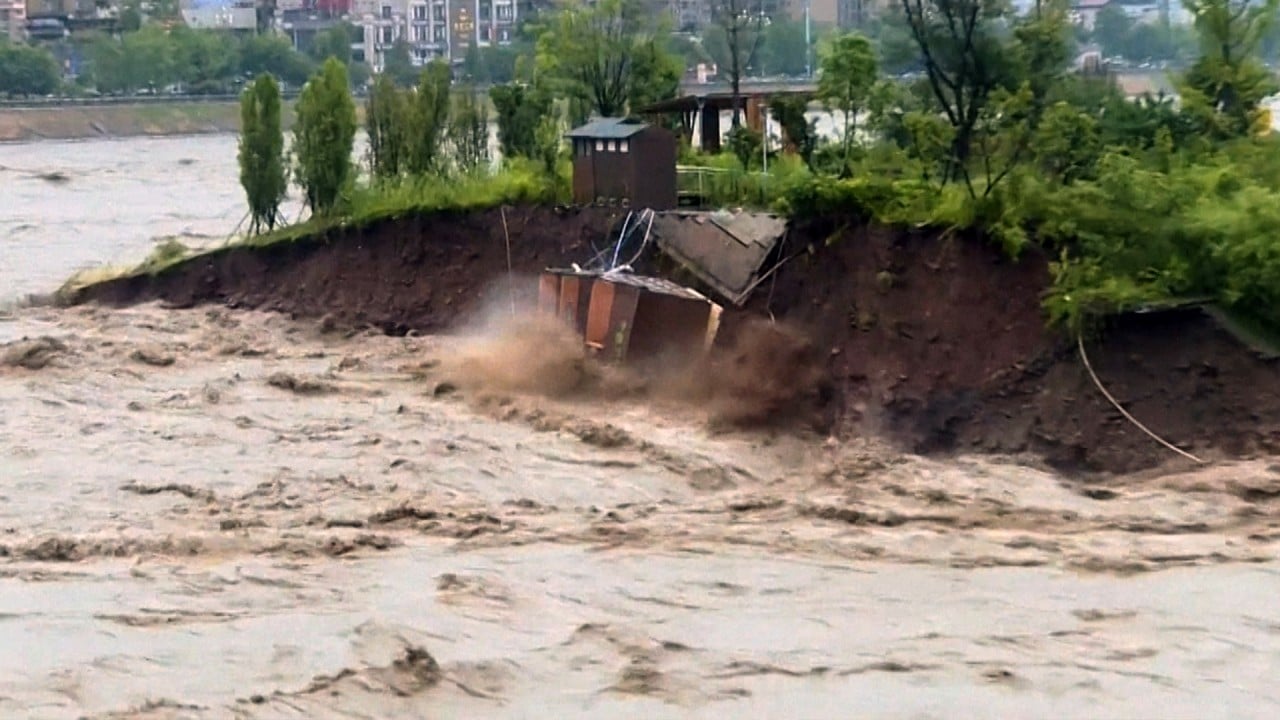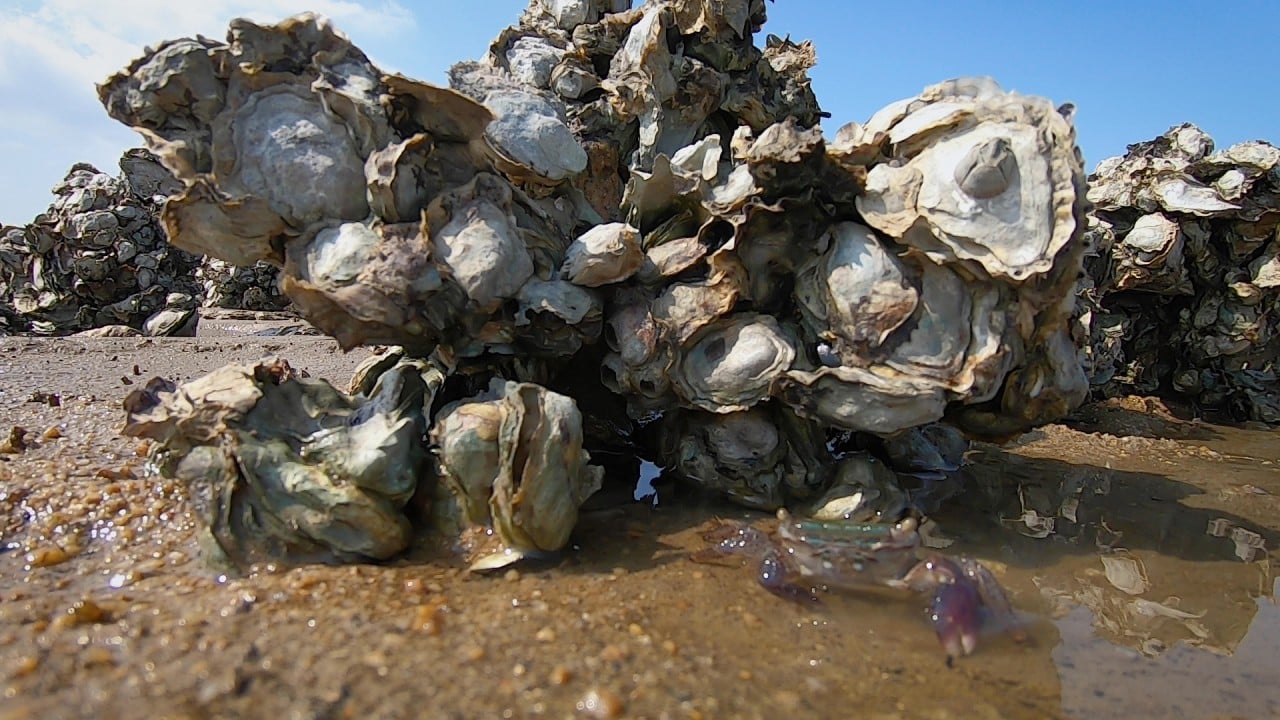Advertisement
Letters | How investing in nature can help protect Chinese coasts from rising seas and extreme weather
- A warming world puts the Pearl River Delta and Greater Bay Area at higher risk of extreme weather events. Building and restoring coastal wetland ecosystems is a cost-effective approach to mitigating these threats
Reading Time:2 minutes
Why you can trust SCMP

China experienced record-setting floods this summer, disrupting the daily lives of millions. The Pearl River Delta and Greater Bay Area are also at higher risk of extreme weather events, as higher temperatures and sea-level rise increase the frequency and impact of extreme storms, threatening infrastructure and people’s homes, water safety, agriculture and energy supply. This seriously threatens the livelihoods of Hongkongers and others in the region.
Advertisement
For example, in 2017, Typhoon Hato, one of the strongest typhoons in this region in the past 50 years, caused significant damage totalling US$6.82 billion along its path. Mangkhut was another intense and destructive typhoon in 2018.
Building and restoring “natural infrastructure” – mangrove forests, salt marshes, oyster reefs and other coastal wetland ecosystems that protect shorelines –is a cost-effective approach to mitigating threats. By doing so, we can also enhance biodiversity, revive fish populations and improve water quality.

01:55
Massive evacuation under way in southwest China as floods trigger unprecedented alert
Massive evacuation under way in southwest China as floods trigger unprecedented alert
The physical structure of coastal natural infrastructure absorbs wave energy and decreases erosion, while also protecting shorelines and the buildings along coastlines from the effects of waves and erosion due to rising sea levels. According to a new report published by The Nature Conservancy, the United Nations Development Programme and other partners, if today’s mangroves were lost around the world, 18 million more people would be affected by flooding every year (a 39 per cent increase) and annual property damage would increase by 16 per cent.
Some of these impacts can already be seen in the Greater Bay Area. Oyster reefs in Deep Bay in Hong Kong, once restored at scale, could serve as a buffer like mangroves to reduce wave energy that erodes shorelines; their natural growth provides added benefits, such as habitat creation and water filtration.

03:02
Oyster reef restoration helps clear up Hong Kong coastal waters
Oyster reef restoration helps clear up Hong Kong coastal waters
Natural infrastructure can perform better and at lower cost than man-made “grey infrastructure” such as levees and dams. Traditional artificial breakwaters may sink over time, losing their defensive function and requiring higher maintenance costs, whereas coastal habitats have the ability for self-repair and growth with sea-level rise.
Advertisement

Advertisement